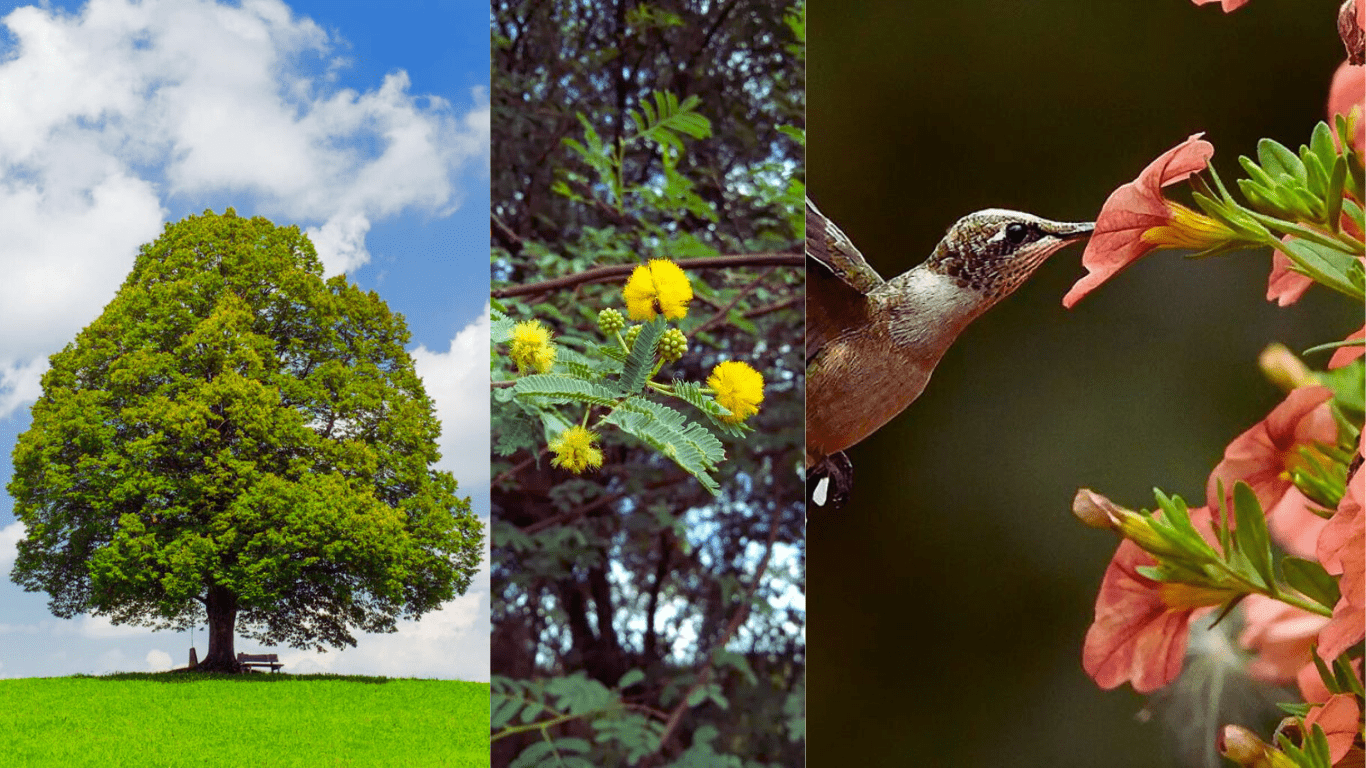Aromatic trees have long been celebrated not only for their beauty and shade but also for their unexpected and delightful scents. These trees produce fragrances through volatile organic compounds, which are a complex mixture of chemicals that can resemble anything from the freshness of pine or citrus to the warm sweetness of vanilla or even baked goods. The ability of some trees to emit scents that remind us of something as specific as birthday cake is a charming aspect of nature’s complexity. These fragrances are not just a treat for the senses; they play a crucial role in the life of the plant, aiding in pollination and protection from pests.
Discovering the Sweet-Smelling Trees
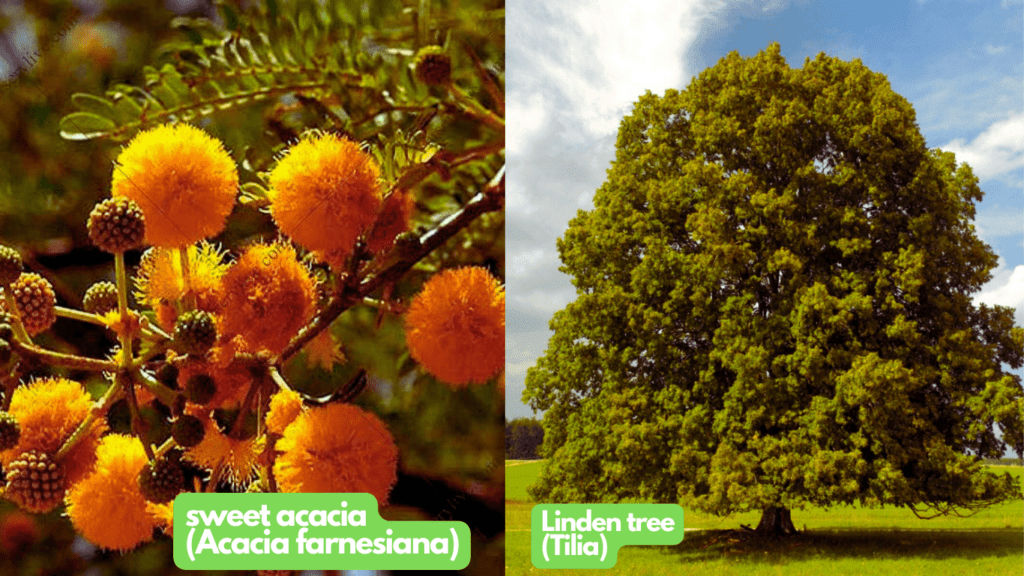
Trees that emit a fragrance resembling birthday cake or other sweet scents are quite captivating. One such example is the Linden tree (Tilia), known for its fragrant flowers that produce a sweet, almost sugary smell during blooming season. This delightful aroma is often compared to a mix of floral and honey notes, which can remind one of vanilla cake or warm pastries. Similarly, the sweet acacia (Acacia farnesiana) is notable for its tiny orange puffballs that release a strong, sweet fragrance. These aromas not only enchant the senses but also play crucial roles in nature by attracting pollinators and enhancing the tree’s ability to reproduce.
The Loblolly Pine: A Fragrant Surprise
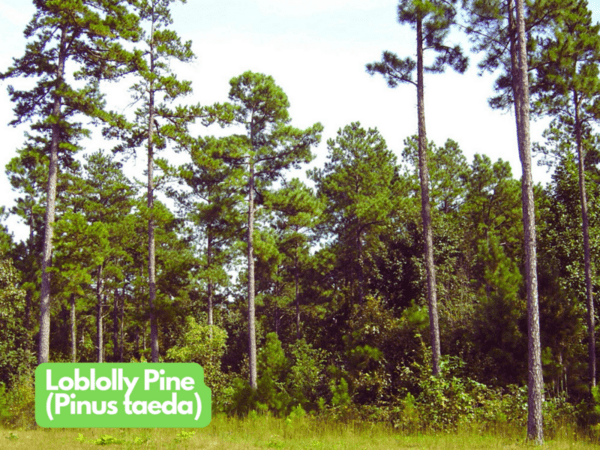
The Loblolly Pine (Pinus taeda) is not just a source of lumber but also a provider of shade and beauty, thanks to its height and sporadic branches. This tree is particularly noted for its fragrant needles, adding sensory pleasure to its practical uses.
Loblolly Pine is sometimes referred to as the Rosemary Pine due to the fragrance of its bark, reminiscent of rosemary, adding a unique aromatic experience to environments where it thrives. The tree’s name, “Loblolly,” historically means “mud puddle,” which is fitting since it often grows in wet, boggy areas typical of its natural habitat in the southern United States.
As for its characteristics, the Loblolly Pine is distinguished by its tall stature and irregular branching pattern, which contribute to its aesthetic appeal and practical applications in landscaping and forestry. The tree is adaptable but prefers acidic, well-drained soils, although it can also tolerate less ideal conditions reflective of its common name’s origin.
Why Does it Smell Like Birthday Cake?

The sweet, cake-like aroma that some people associate with Loblolly Pine or similar trees, can be attributed to certain organic compounds known as terpenes. Terpenes are a large and diverse class of organic compounds produced by a variety of plants, particularly conifers. They are responsible for the distinctive aromas of many types of vegetation.
In the case of Loblolly Pine, specific terpenes such as pinene and limonene play a significant role. Pinene has a fresh piney scent, while limonene has a more citrusy aroma. When these compounds are combined in certain concentrations, they can produce a scent that might remind one of sweet, sugary treats like cakes or cookies, possibly because these are often flavored with similar citrus or herbal notes.
Other Trees with Uniquely Sweet Scents
The Balsam Fir
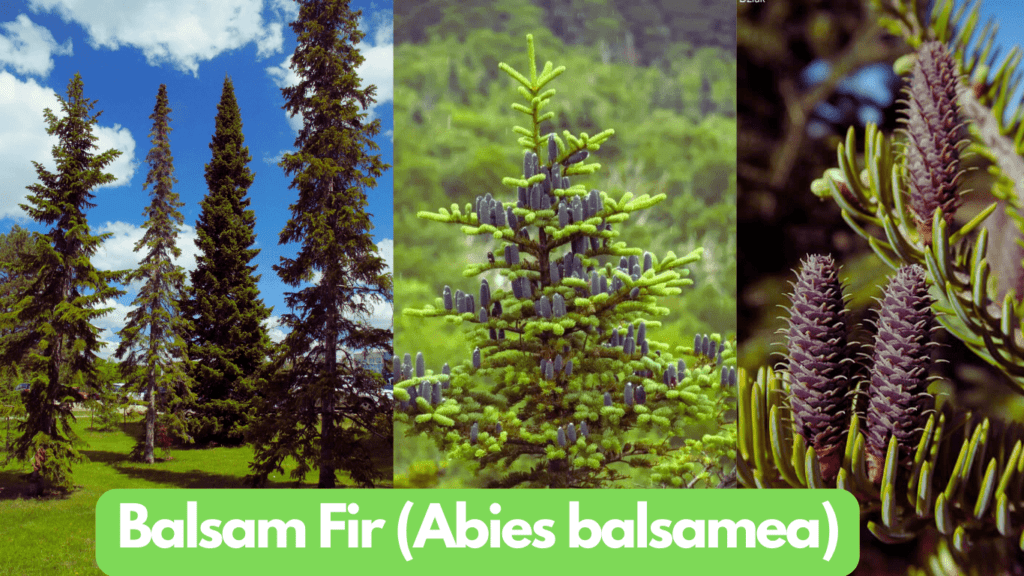
The Balsam Fir (Abies balsamea) is a prominent evergreen tree known for its distinctive cone shape and lush, vibrant green needles. The tree typically exhibits a dense, pyramidal crown with a slender spire-like tip, making it a striking figure in any landscape. It stretches across the Canadian landscape from Newfoundland to central regions, underscoring its adaptability and iconic status in northern forests.
The needles of the Balsam Fir are flat, dark green with a rich, spicy aroma that has been described as “the dearest odor of all Nature”. This scent is particularly strong when the needles are crushed, revealing their aromatic oils which contain antioxidants and antimicrobial properties. The presence of two white stomal bands on the undersides of the needles is a notable characteristic. The tree’s cones appear upright on branches in the fall, adding to its ornamental value.
The Silver Birch
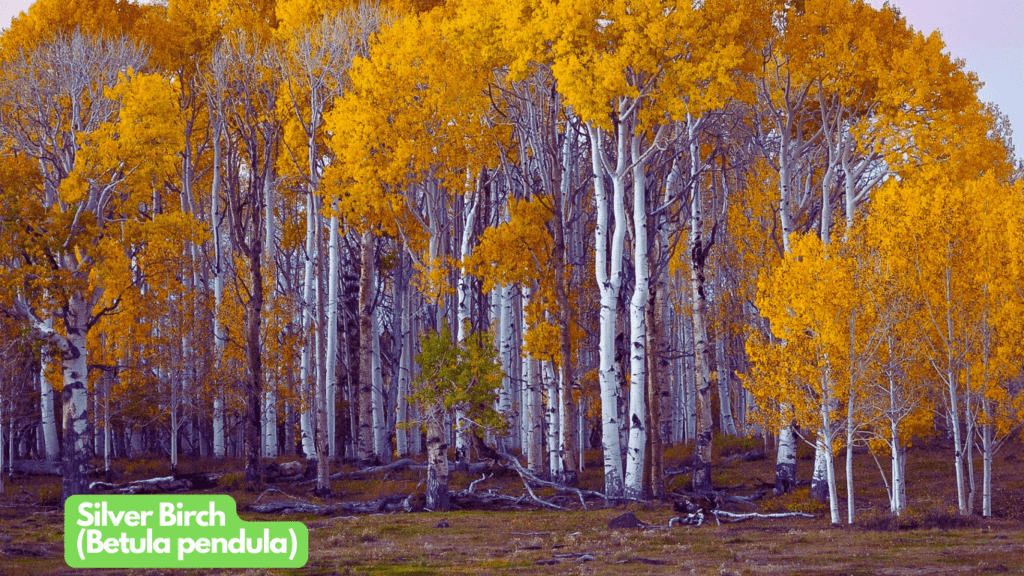
The Silver Birch (Betula pendula) is a medium-sized deciduous tree renowned for its striking white peeling bark and slender twigs. This tree is appreciated not only for its aesthetic appeal but also for its pleasant aroma, which may contribute subtly to its surroundings. Although the search results do not directly detail the sweet-smelling properties of the Silver Birch, birches are generally known for a clean, slightly sweet fragrance emanating from their bark and leaves, especially when they are wet or during early spring.
The bark, when young, starts redder in color, transitioning to the iconic white as the tree matures, possibly influencing changes in the scent profile during different stages of its growth. This sweet and earthy aroma might be more subtle compared to other more fragrant species but can still contribute to a pleasant natural environment.
Ecological Significance of Aromatic Trees

Aromatic trees play crucial ecological roles through the release of volatile organic compounds (VOCs) which serve multiple functions in ecosystems:
- Communication: Trees use aromas primarily for communication. They release aromatic compounds to interact with surrounding life forms, including other plants, fungi, microbes, and animals. These scents can beckon pollinators, repel herbivorous insects, or attract predators of those insects, thereby helping in natural pest control.
- Protective Functions: Aromatic compounds can serve protective roles, helping plants manage environmental stresses and deter pests. For example, some tree species emit specific scents to discourage herbivory or to reduce the risk of being over-browsed by animals.
- Ecological Interactions: Aromas influence various ecological interactions by modifying the behavior and physiology of other organisms. This can include facilitating relationships with beneficial microbes or fungi that help trees absorb nutrients from the soil, thus enhancing their growth and survival.
- Attracting Pollinators: Aromatic cues are also vital in attracting pollinators. Floral scents draw specific pollinators to trees, aiding in reproduction and the spread of genetic material across landscapes.
These roles highlight the significance of aromatic trees not just in their immediate surroundings but in broader ecological systems, influencing biodiversity and ecological balance.
Attracting Wildlife
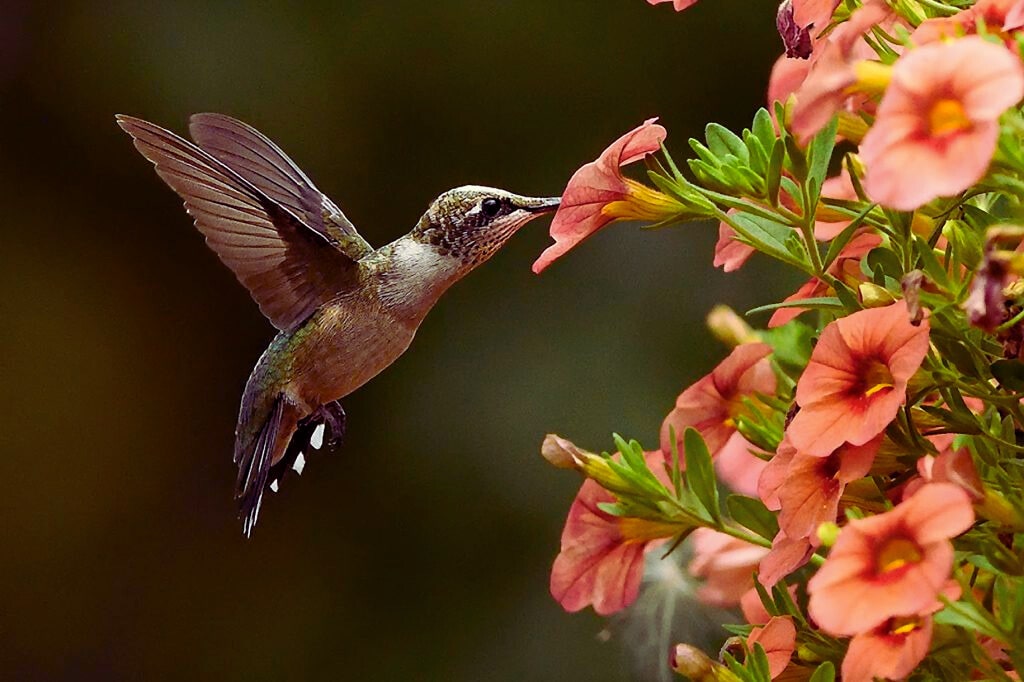
Sweet scents play a significant role in attracting wildlife by leveraging their powerful sensory appeal. These scents are specifically evolved features of many plants that serve to enhance their interactions with the surrounding fauna:
- Pollination: Plants that emit sweet scents are often targeting specific pollinators. For example, bees and flies are attracted to sweet scents, which in turn aids in the pollination process. The fragrance serves as a signal to these pollinators that nectar is available, guiding them to the plant for mutual benefit.
- Habitat Formation: The aroma from fragrant plants not only attracts pollinators but also provides a habitat or a resting place for various animals. For instance, dense foliage coupled with sweet scents can offer a haven for small animals and insects.
- Wildlife Attraction: Beyond pollinators, the aromatic properties of plants also attract a broader range of wildlife, contributing to the ecosystem’s biodiversity. This includes attracting creatures like bees, butterflies, and birds, which are drawn to the vibrant colors and fragrances of wildflowers.
- Use in Wildlife Management: Researchers have utilized artificial scents mimicking those in nature to manage wildlife, either by attracting or repelling specific animals. This application shows the powerful influence and utility of scents in ecological management and conservation efforts.
In summary, sweet scents are vital ecological tools that plants use to attract, repel, or coexist with wildlife, playing a critical role in sustaining and enriching biodiversity.
Human Benefits

Aromatic trees contribute significantly to human well-being and aesthetics through the scents they produce. Here’s how they impact us:
- Emotional and Psychological Effects: Natural scents like those from conifer needles, wood, and grass are associated with pleasant experiences and strong positive emotions. They evoke feelings of tranquility and happiness which can improve mental health and reduce stress.
- Health Enhancement: Pleasant aromas from trees such as lavender are linked not only to good memories but also to enhanced health. These scents can lead to better overall well-being by influencing mood and reducing health issues like anxiety and depression.
- Therapeutic Properties: Studies suggest that floral and plant scents, including those emitted by aromatic trees, have therapeutic properties. They are known to alleviate symptoms of anxiety and agitation, serving as natural remedies for emotional disturbances.
- Aesthetic Value: The presence of aromatic trees enhances the aesthetic appeal of environments, making spaces more pleasant and inviting. This not only improves personal satisfaction with one’s surroundings but can also increase property values.
These benefits demonstrate the important role aromatic trees play in enhancing our environments, health, and overall quality of life.
Growing Aromatic Trees in Your Garden
Best Practices for Growing Loblolly Pine
Growing Loblolly Pine trees at home involves a series of steps to ensure healthy growth and development. Here’s a step-by-step guide based on the available information:
- Choosing the Right Location: Loblolly Pines prefers full sun exposure and well-drained soil. Choose a planting site that meets these conditions to promote optimal growth.
- Soil Preparation: Before planting, make sure the soil is well-aerated and has good drainage. These trees do not thrive in wet soils.
- Planting Seedlings: The best time to plant Loblolly Pine seedlings is during the dormant season, from late fall to early spring. Plant the seedlings at the same depth they were growing in the nursery to avoid stress on the plant.
- Watering: Initially, water the seedlings regularly to help establish roots. Once established, Loblolly Pines are relatively drought-tolerant but may benefit from watering during extended dry periods.
- Mulching: Apply a layer of mulch around the base of the tree to help retain soil moisture and regulate soil temperature.
- Fertilizing: Loblolly Pines generally do not require much fertilization, but if the growth seems slow or the foliage color is off, a balanced fertilizer can be applied in the spring.
- Pruning: Prune only to remove dead or diseased branches, or to shape the tree as necessary. Loblolly Pines typically maintain a good shape without much intervention.
- Monitoring for Pests and Diseases: Keep an eye out for signs of pests or diseases. Early intervention can prevent serious damage to the tree.
These steps will help you successfully grow and care for Loblolly Pines in your garden or landscape.
Caring for Balsam Fir and Silver Birch
Caring for Balsam Fir and Silver Birch involves specific maintenance practices to ensure their health, growth, and aromatic benefits. Here are key care tips for both trees:
Balsam Fir
- Watering: Balsam Fir requires regular and deep watering, especially shortly after planting. Ensure consistent moisture especially during dry spells to establish a robust root system.
- Sunlight and Nutrients: Provide full sunlight and sufficient nutrients. A balanced fertilizer may enhance growth if the soil is nutrient-deficient.
- Pruning and Care: Prune-infested branches to prevent disease and pest infestation. Regular trimming helps maintain symmetry and density, which is particularly important for cultivated trees.
Silver Birch
- Site Selection and Planting: Silver Birch thrives in well-drained soil with full to partial sun exposure. Choose a location that avoids waterlogging.
- Watering: While birch trees prefer moist conditions, avoid overwatering to prevent root rot. Ensure the soil is moist but well-drained.
- Pruning: Strategic pruning promotes healthy growth and prevents diseases. Prune during late fall or winter when the tree is dormant to encourage a strong structure and enhance its aesthetic appeal.
Both trees benefit from being kept away from heat sources and minimizing stress through proper planting and care techniques.
The Science Behind the Scents

The creation of scents involves complex biochemical processes centered around the interaction and behavior of molecules. Here’s an in-depth look at how these processes unfold:
- Molecular Composition: Scents are primarily composed of volatile molecules that evaporate at room temperature, entering the air and reaching our noses. The size and structure of these molecules influence their volatility and the nature of the scent they produce.
- Chemistry of Fragrance Oils: Fragrance oils, used in perfumes and scented products, are crafted by combining various chemical compounds. These compounds are designed to mimic natural odors or create entirely new scents. The artistry in fragrance creation lies in how these molecules are blended to evoke particular sensory experiences.
- Perception of Scents: Our perception of scents is a neurological process. When scent molecules bind to receptors in the nose, they send signals to the brain, which interprets them based on the chemical properties of the molecules and our previous experiences and memories associated with those smells.
- Art and Science Intersection: The creation of perfumes is seen as both a science and an art, especially in regions like France where it is considered high art. This involves a deep understanding of chemistry and a creative approach to developing pleasing and complex scent profiles.
- Commercial Scent Production: Industries, like entertainment and retail, use ‘scent blending’ technologies to create memorable and engaging sensory experiences. For example, theme parks may use scents to enhance the realism of an environment or experience.
Conclusion
Exploring trees that smell like birthday cake opens up a delightful chapter in our understanding of nature. These trees, with their unexpected scents, invite us to deepen our connection with the natural world, turning a simple walk through the woods into a celebratory experience.
Read also: What is MSG?
